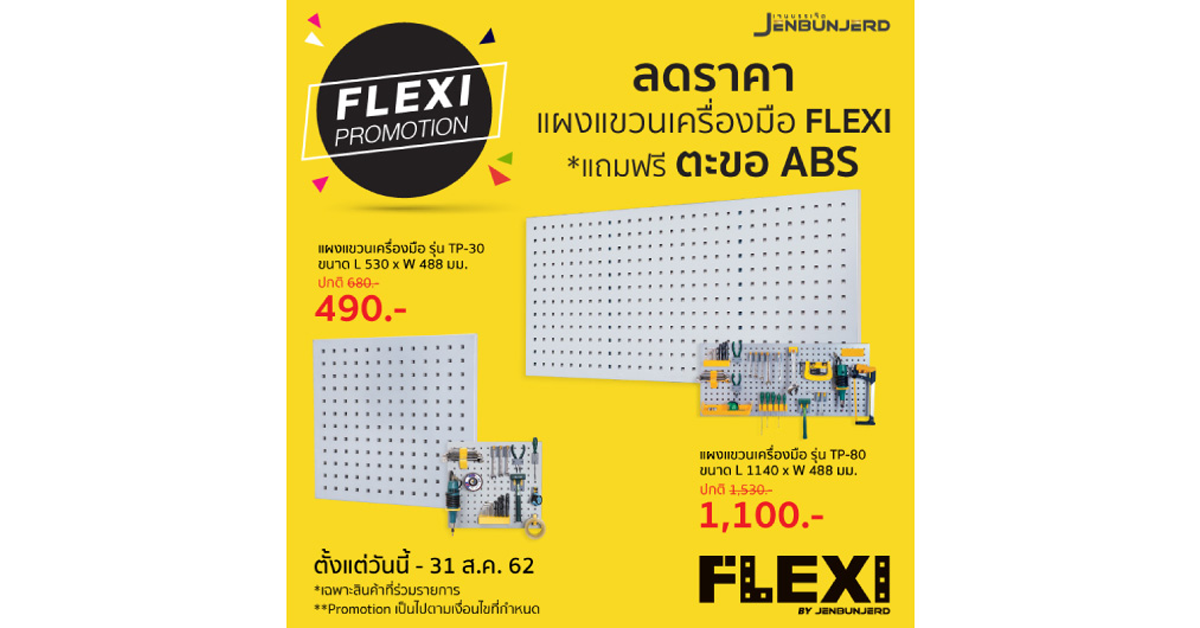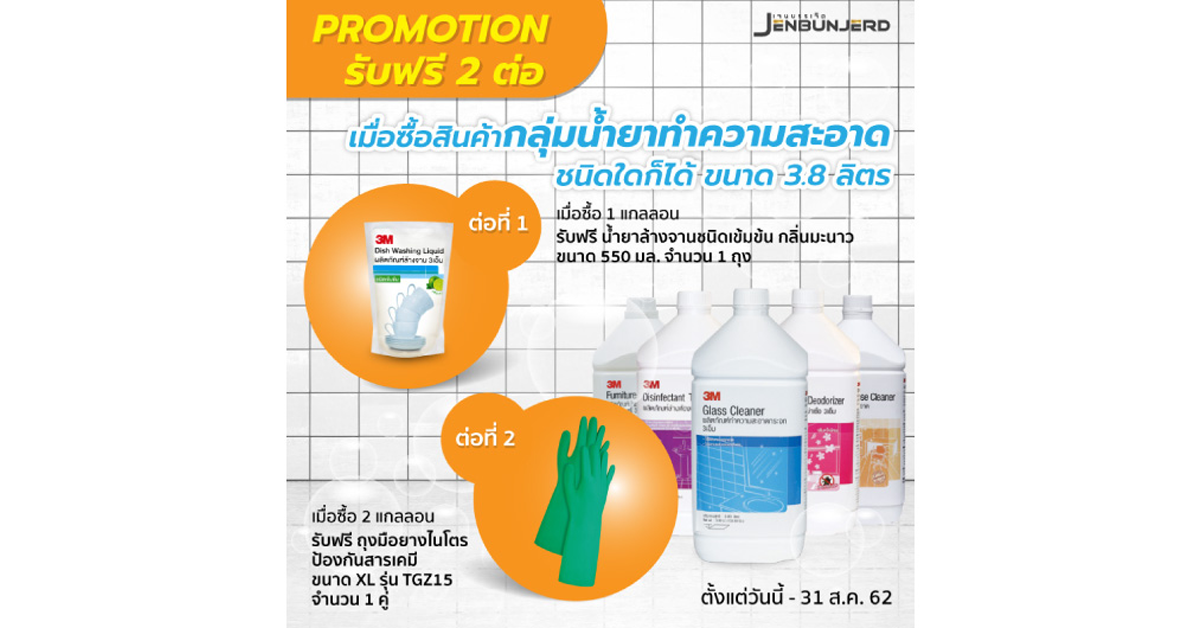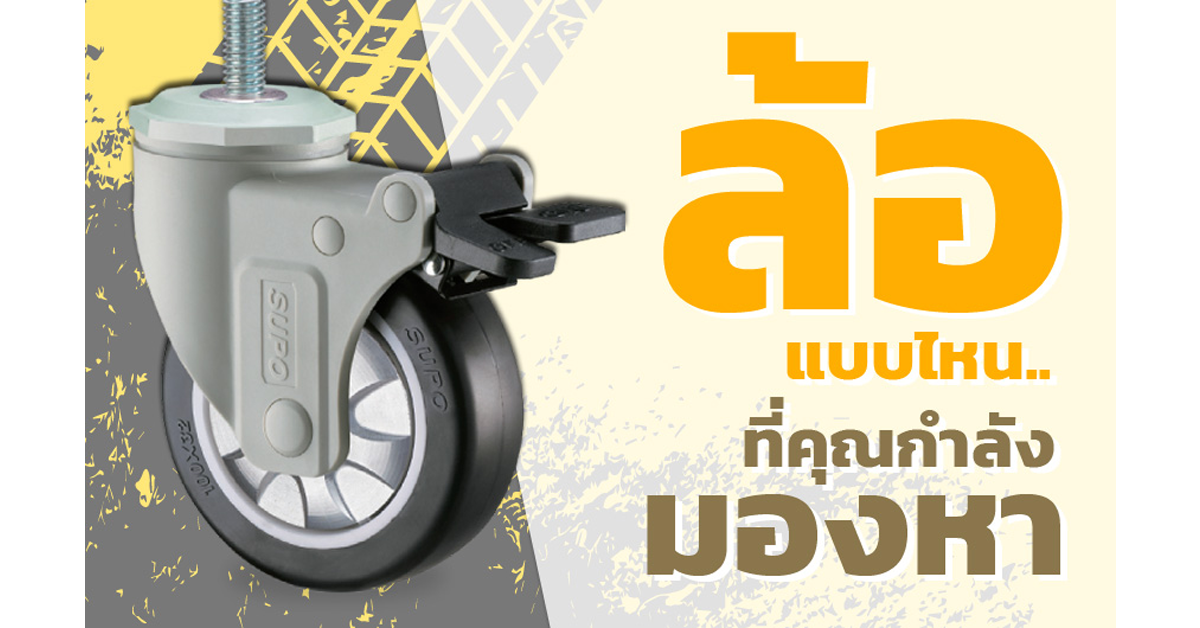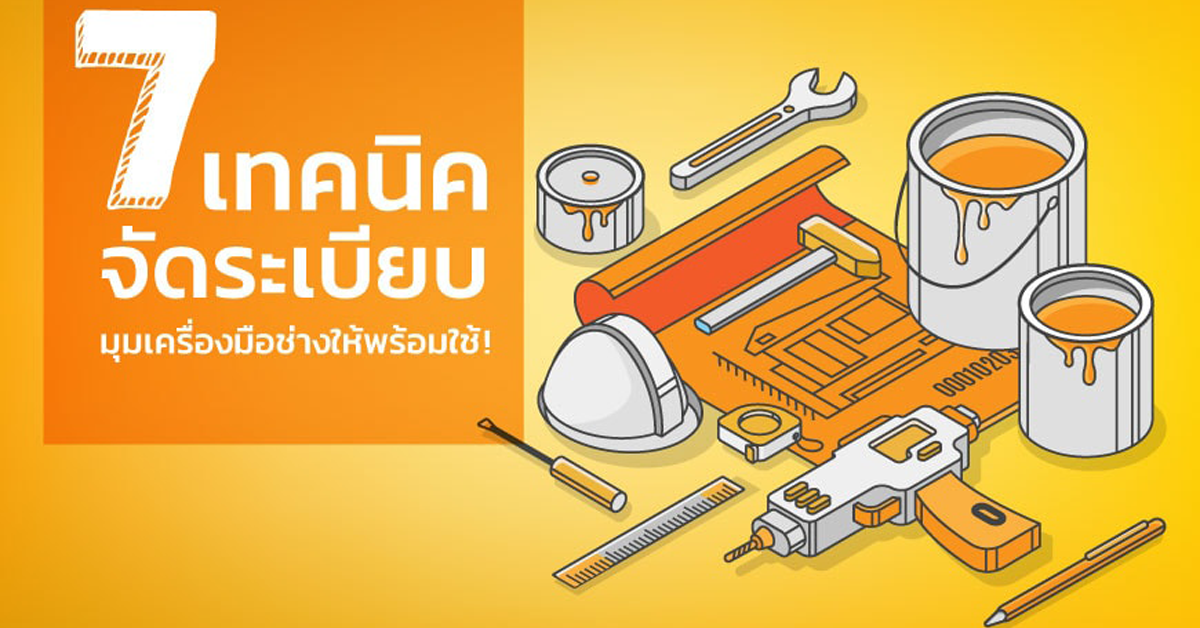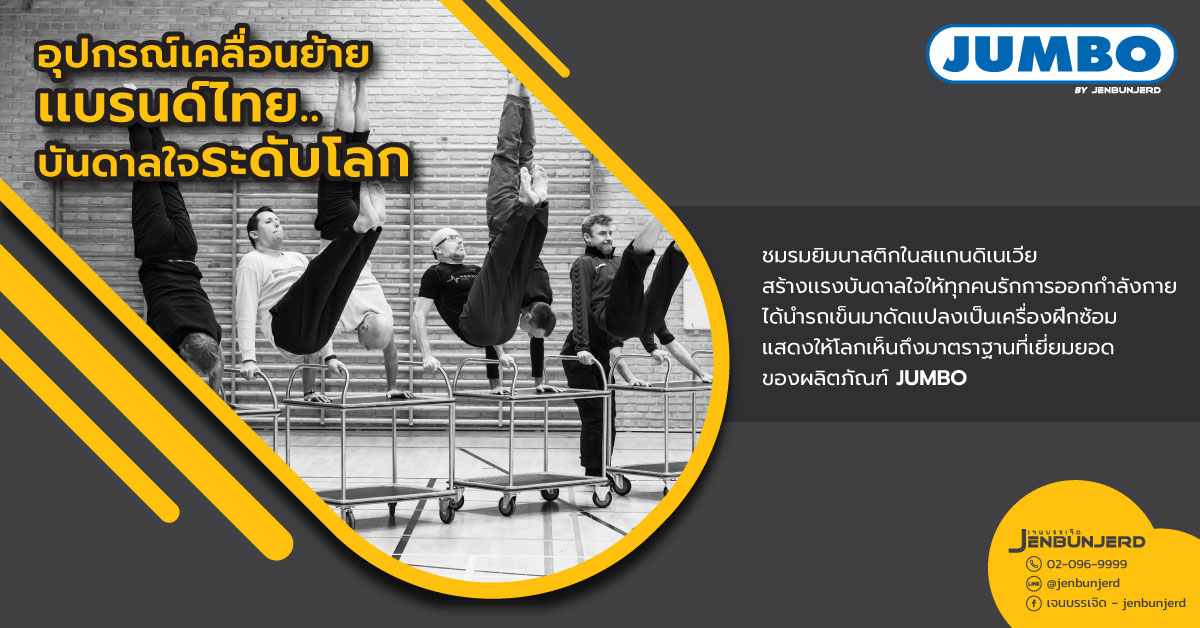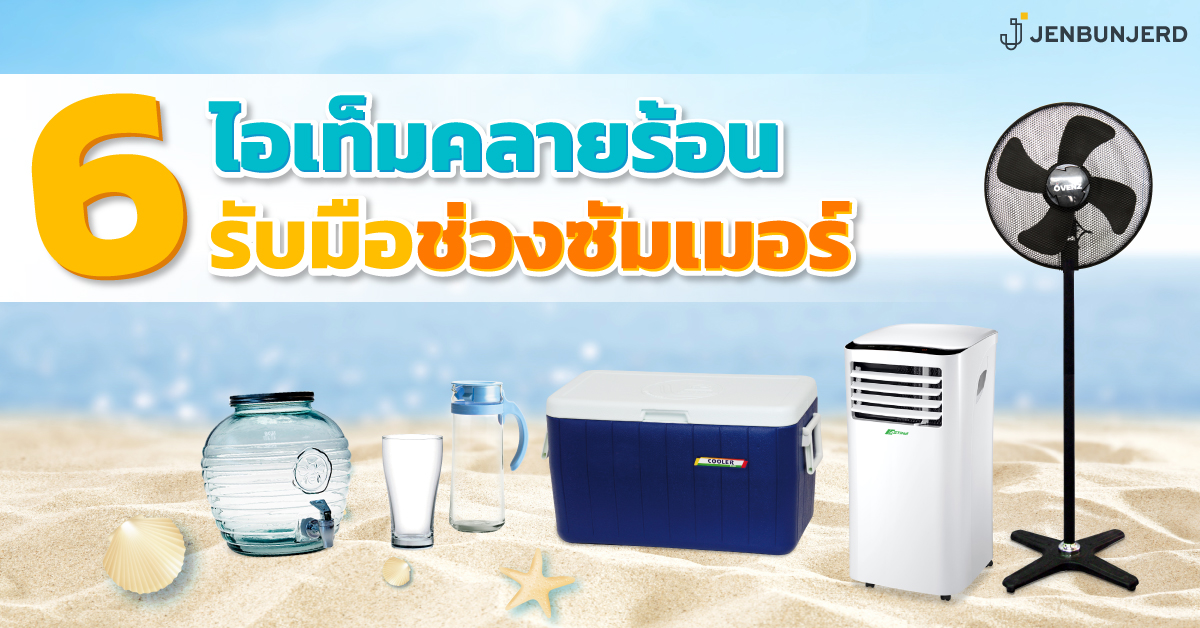- Recommended:
- รถเข็นสัมภาระ
- 2025
- 2026
- มีพนักพิง
- สก๊อตช์-ไบรต์
Loading...
0
You have no items in your shopping cart.
0 Item(s) in cart
Cart Subtotal :
0
Power Platform Truck
Steel Platform Truck
Stainless Steel Platform Truck
Plastic Platform Truck
Steel Tray Trolley
Stainless Steel Tray Trolley
Order Picking Trolley
Roll Container & Options Middle Shelf
Heavy-Duty Platform Truck
Box Truck
Sheet / Tube Carrying Trolley
Hand Tow Truck
Trailer for Tow Truck
Material Purchase Order Form
Material Requisition Form
Material Receiving Request Form
Invoice Form
Shipping Form
Material Requisition Form
Material Requisition Form
Material Requisition Form
Material Requisition Form
Material Requisition Form
Form
Material Form
Storage Equipment/Various Types of Storage Equipment
Various Types of Storage Equipment for Warehouses
Collapsible Storage Equipment
Floating Storage Equipment
Mobile Storage Equipment
Plastic Box
Screwdriver
Screwdriver
Combination Wrench
Combination Wrench
Storage and Material Handling Equipment
Storage Equipment
Steel Shelving and Warehouse Equipment
Steel Shelving
Storage Equipment and Steel Shelving
Multi-purpose tools
Multi-purpose tools
Multi-purpose tool sets
Multi-purpose tool sets
Multi-purpose tool sets
Hot air blower
Office equipment
Office equipment
Office equipment
Storage equipmentStorage equipmentStorage equipmentStorage equipmentStorage equipmentStorage equipmentStorage equipmentStorage equipment
Storage equipmentStorage equipmentStorage equipmentStorage equipmentStorage equipmentStorage equipmentStorage equipmentStorage equipmentFoldable
Storage and warehouse management equipment
Vernier Caliper
65 MN Tensile Testing Machine
ABS Pedal Bin
Multi-purpose ABS storage equipment, High Quality
Multi-purpose shelving for storing various products and equipment
Warehouse and industrial factory storage and handling equipment
Various types of warehouse and industrial factory storage and handling equipment
Storage equipment
Mobile storage equipment
Storage equipment PH
Hazard Protection Suits and Safety Equipment for Industry and Business
Hazard Protection Suits and Storage Equipment
Personal Protective Equipment
Electrical Insulating Gloves
Various Types of Personal Protective Equipment
Various Types of Personal Protective Equipment
Various Types of Personal Protective Equipment
PU Gloves
Nitrile Gloves
Cloth Gloves
Face Masks
Finger Cots
Multi-purpose storage equipment and warehouse equipment
Storage equipment and warehouse equipment
Storage equipment and warehouse equipment
Storage equipment
Storage equipment and transportation equipment
Storage equipment and shelving
Document storage equipment
Warehouse equipment and storage equipment
Plastic boxes
Plastic sheets
Cardboard boxes
Plastic pallets
Plastic trays
Packaging
Stretch film
Adhesive tapes
Storage equipment
Automatic fire suppression equipment
Fire prevention equipment
Firefighting equipment
Tools equipment
Lighting equipment
Electrical equipment
Industrial lighting
Lighting equipment
Generator
Measuring instruments
Plastic trash cans and garbage bags
Plastic trash cans and garbage bags
Plastic trash cans
Plastic trash cans
Plastic trash cans
Plastic trash cans and waste management equipment
Tools and Equipment
Adhesive Tools and Materials
Measuring and Control Tools
Cutting and Drilling Tools
Adhesive Tools and Tapes
Laboratory Tools and Equipment
Multi-purpose Cleaning Equipment
Clean Kitchen Equipment and Tools
Kitchen Equipment and Tools
Cleaning Equipment
Cleaning and Disinfecting Equipment
Kitchen Equipment and Accessories
Electronic Tools and Equipment
Medical Equipment and Tools
Scientific Equipment and Tools
Storage equipment
Storage equipment shelves
Storage equipment bins
Storage equipment steel cabinets
Storage equipment drawers
Storage equipment
Document storage equipment
Spraying equipment






